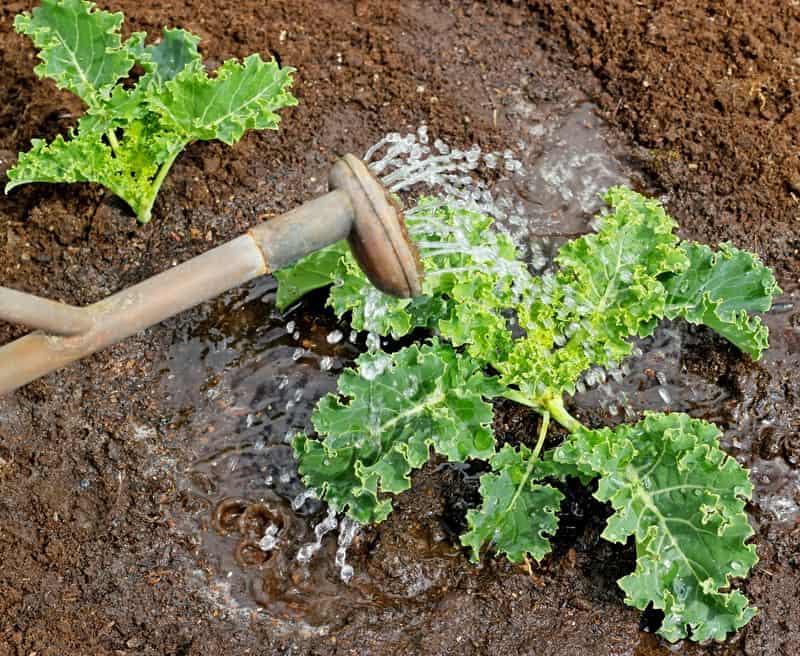
1. Broadcasting
It refers to spreading fertilizers uniformly
all over the field. Suitable for crops with dense stand, the plant roots
permeate the whole volume of the soil, large doses of fertilizers are applied
and insoluble phosphatic fertilizers such as rock phosphate are used.
Disadvantages of broadcasting
The main disadvantages of application of
fertilizers through broadcasting are:
i) Nutrients cannot be fully utilized by plant roots as they move laterally over long distances.
ii) The weed growth is stimulated all over the field.
iii) Nutrients are fixed in the soil as they come in contact with a large mass of soil.
i) Nutrients cannot be fully utilized by plant roots as they move laterally over long distances.
ii) The weed growth is stimulated all over the field.
iii) Nutrients are fixed in the soil as they come in contact with a large mass of soil.
2. Placement
It refers to the placement of fertilizers in
soil at a specific place with or without reference to the position of the seed.

Placement of fertilizers is normally
recommended when the quantity of fertilizers to apply is small, development of
the root system is poor, soil have a low level of fertility and to apply
phosphatic and potassic fertilizer.
3. Side dressing application
It refers to the spread of fertilizer in
between the rows and around the plants. The common methods of side-dressing are

Placement of nitrogenous fertilizers by hand
in between the rows of crops like maize, sugarcane, cotton etc., to apply
additional doses of nitrogen to the growing crops and Placement of fertilizers
around the trees like mango, apple, grapes, papaya etc.
Advantages of placement of fertilizers
The main advantages are as follows:
i) When the fertilizer is placed, there is minimum contact between the soil and the fertilizer, and thus fixation of nutrients is greatly reduced.
ii) The weeds all over the field can not make use of the fertilizers.
iii) Residual response of fertilizers is usually higher.
iv) Utilization of fertilizers by the plants is higher.
v) Loss of nitrogen by leaching is reduced.
vi) Being immobile, phosphates are better utilized when placed.
i) When the fertilizer is placed, there is minimum contact between the soil and the fertilizer, and thus fixation of nutrients is greatly reduced.
ii) The weeds all over the field can not make use of the fertilizers.
iii) Residual response of fertilizers is usually higher.
iv) Utilization of fertilizers by the plants is higher.
v) Loss of nitrogen by leaching is reduced.
vi) Being immobile, phosphates are better utilized when placed.